-
抗体試薬
- フローサイトメトリー用試薬
-
ウェスタンブロッティング抗体試薬
- イムノアッセイ試薬
-
シングルセル試薬
- BD® AbSeq Assay
- BD Rhapsody™ Accessory Kits
- BD® OMICS-One Immune Profiler Protein Panel
- BD® Single-Cell Multiplexing Kit
- BD Rhapsody™ TCR/BCR Next Multiomic Assays
- BD Rhapsody™ Targeted mRNA Kits
- BD Rhapsody™ Whole Transcriptome Analysis (WTA) Amplification Kit
- BD® OMICS-Guard Sample Preservation Buffer
- BD Rhapsody™ ATAC-Seq Assays
- BD® OMICS-One Protein Panels
-
細胞機能評価のための試薬
-
顕微鏡・イメージング用試薬
-
細胞調製・分離試薬
-
- BD® AbSeq Assay
- BD Rhapsody™ Accessory Kits
- BD® OMICS-One Immune Profiler Protein Panel
- BD® Single-Cell Multiplexing Kit
- BD Rhapsody™ TCR/BCR Next Multiomic Assays
- BD Rhapsody™ Targeted mRNA Kits
- BD Rhapsody™ Whole Transcriptome Analysis (WTA) Amplification Kit
- BD® OMICS-Guard Sample Preservation Buffer
- BD Rhapsody™ ATAC-Seq Assays
- BD® OMICS-One Protein Panels
- Japan (Japanese)
-
Change country/language
Old Browser
Looks like you're visiting us from United States.
Would you like to stay on the current country site or be switched to your country?
BD Horizon™ BV605 Rat Anti-Mouse CD39
クローン Y23-1185 (RUO)
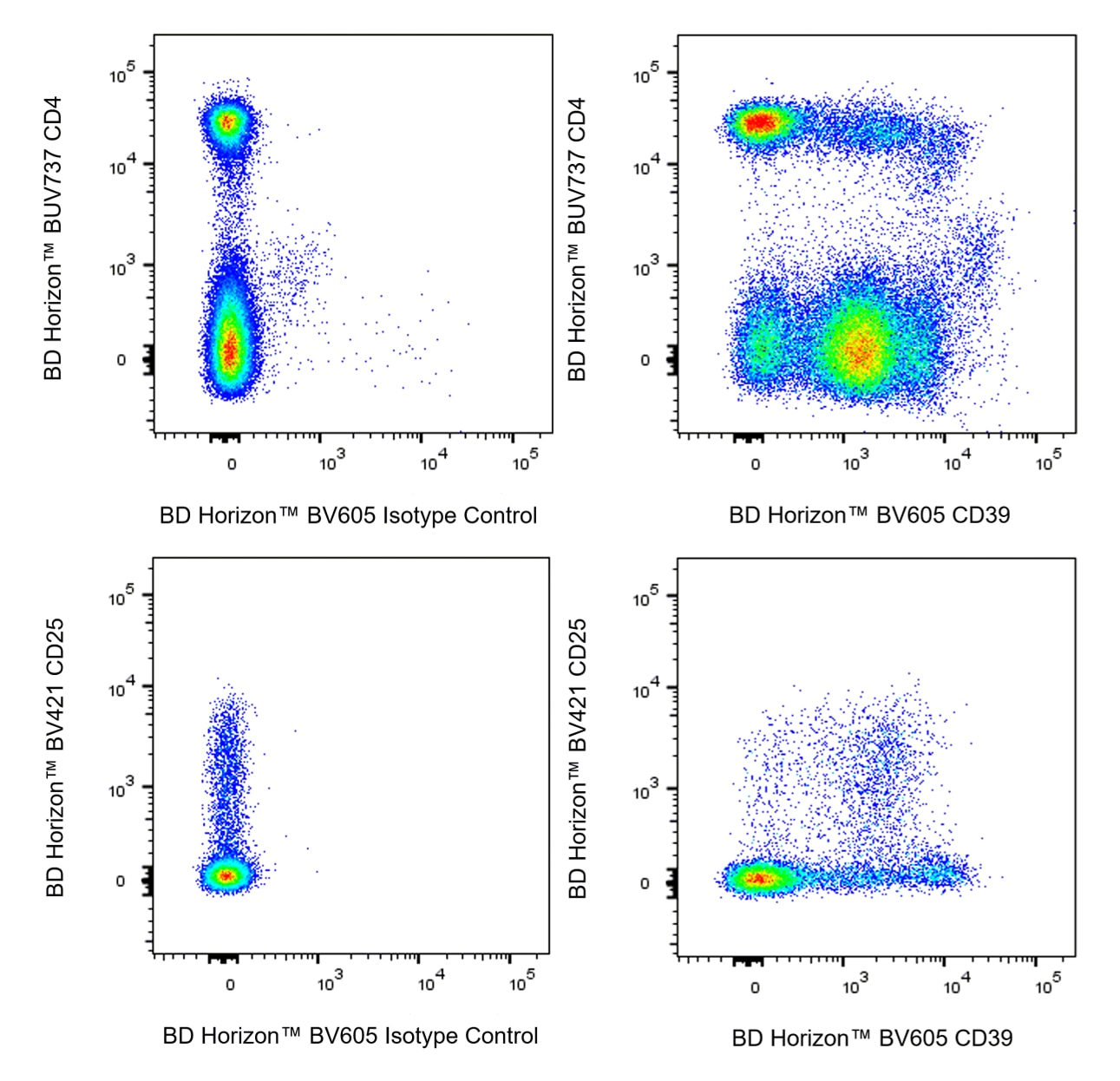
Multicolor flow cytometric analysis of CD39 expression on viable Mouse splenic lymphocytes. BALB/c Mouse splenocytes were preincubated with Purified Rat Anti-Mouse CD16/CD32 antibody (Mouse BD Fc Block™) [Cat. No. 553141/553142]. The splenocytes were then stained with BD Horizon™ BUV737 Rat Anti-Mouse CD4 (Cat. No. 612843), BD Horizon™ BV421 Rat Anti-Mouse CD25 (Cat. No. 564370) antibodies and with either BD Horizon™ BV605 Rat IgG2b, κ Isotype Control (Cat. No. 563145; Left Plots) or BD Horizon™ BV605 Rat Anti-Mouse CD39 antibody (Cat. No. 567266; Right Plots) at 1 μg/test. BD Via-Probe™ Cell Viability 7-AAD Solution (Cat. No. 555815/555816) was added to cells right before analysis. Flow cytometry and data analysis were performed using a BD X-20 LSRFortessa™ Cell Analyzer System and FlowJo™ software. Data shown on this Technical Data Sheet are not lot specific.
Top Plots: Bivariate pseudocolor density plots showing the correlated expression of CD39 (or Ig Isotype control) versus CD4 staining were derived from gated events with the forward and side light-scatter characteristics of viable (7-AAD-negative) lymphocytes.

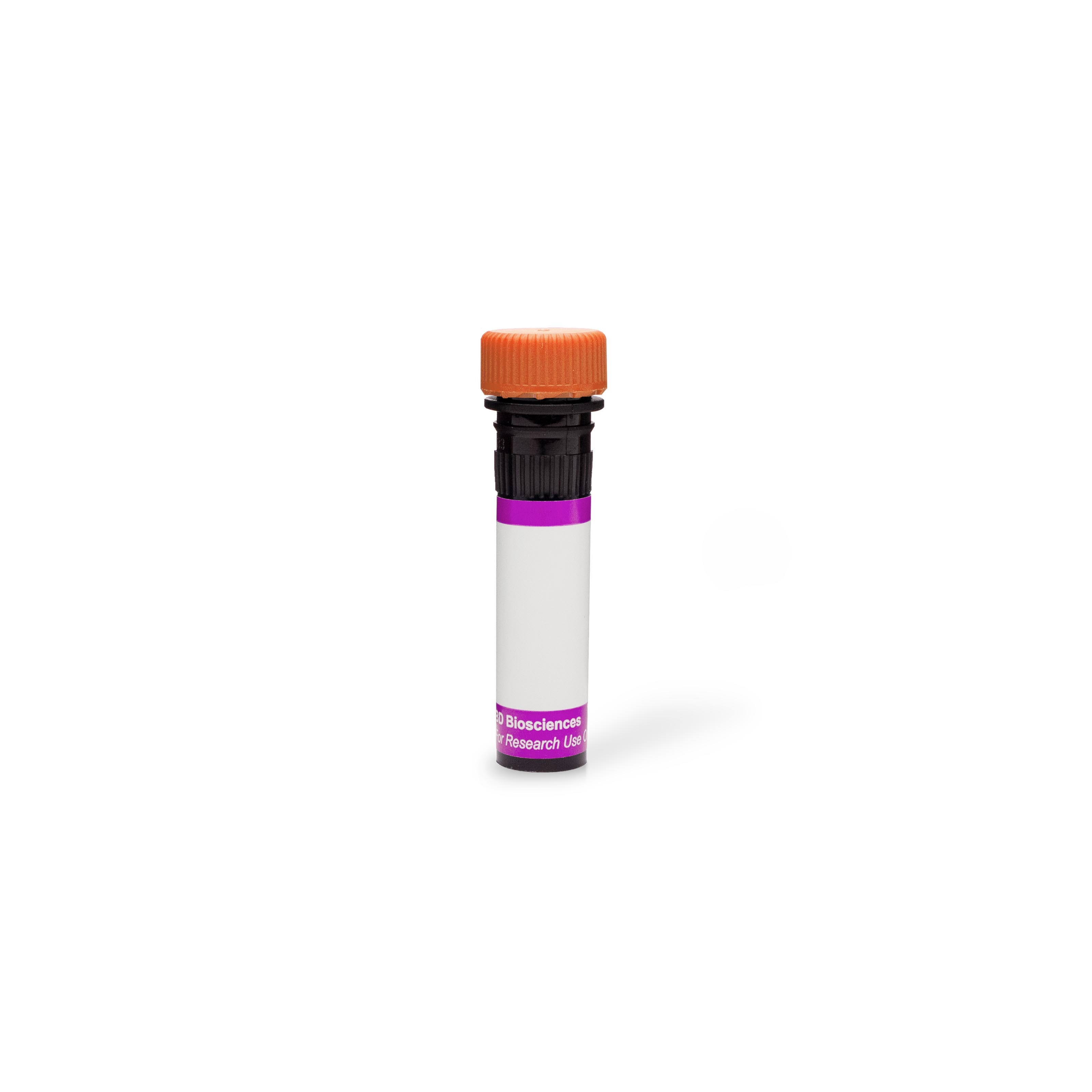
Multicolor flow cytometric analysis of CD39 expression on viable Mouse splenic lymphocytes. BALB/c Mouse splenocytes were preincubated with Purified Rat Anti-Mouse CD16/CD32 antibody (Mouse BD Fc Block™) [Cat. No. 553141/553142]. The splenocytes were then stained with BD Horizon™ BUV737 Rat Anti-Mouse CD4 (Cat. No. 612843), BD Horizon™ BV421 Rat Anti-Mouse CD25 (Cat. No. 564370) antibodies and with either BD Horizon™ BV605 Rat IgG2b, κ Isotype Control (Cat. No. 563145; Left Plots) or BD Horizon™ BV605 Rat Anti-Mouse CD39 antibody (Cat. No. 567266; Right Plots) at 1 μg/test. BD Via-Probe™ Cell Viability 7-AAD Solution (Cat. No. 555815/555816) was added to cells right before analysis. Flow cytometry and data analysis were performed using a BD X-20 LSRFortessa™ Cell Analyzer System and FlowJo™ software. Data shown on this Technical Data Sheet are not lot specific.
Top Plots: Bivariate pseudocolor density plots showing the correlated expression of CD39 (or Ig Isotype control) versus CD4 staining were derived from gated events with the forward and side light-scatter characteristics of viable (7-AAD-negative) lymphocytes.

Multicolor flow cytometric analysis of CD39 expression on viable Mouse splenic lymphocytes. BALB/c Mouse splenocytes were preincubated with Purified Rat Anti-Mouse CD16/CD32 antibody (Mouse BD Fc Block™) [Cat. No. 553141/553142]. The splenocytes were then stained with BD Horizon™ BUV737 Rat Anti-Mouse CD4 (Cat. No. 612843), BD Horizon™ BV421 Rat Anti-Mouse CD25 (Cat. No. 564370) antibodies and with either BD Horizon™ BV605 Rat IgG2b, κ Isotype Control (Cat. No. 563145; Left Plots) or BD Horizon™ BV605 Rat Anti-Mouse CD39 antibody (Cat. No. 567266; Right Plots) at 1 μg/test. BD Via-Probe™ Cell Viability 7-AAD Solution (Cat. No. 555815/555816) was added to cells right before analysis. Flow cytometry and data analysis were performed using a BD X-20 LSRFortessa™ Cell Analyzer System and FlowJo™ software. Data shown on this Technical Data Sheet are not lot specific.
Top Plots: Bivariate pseudocolor density plots showing the correlated expression of CD39 (or Ig Isotype control) versus CD4 staining were derived from gated events with the forward and side light-scatter characteristics of viable (7-AAD-negative) lymphocytes.


BD Horizon™ BV605 Rat Anti-Mouse CD39

Regulatory Statusの凡例
Any use of products other than the permitted use without the express written authorization of Becton, Dickinson and Company is strictly prohibited.
Preparation and Storage
推奨アッセイ手順
BD® CompBeads can be used as surrogates to assess fluorescence spillover (compensation). When fluorochrome conjugated antibodies are bound to BD® CompBeads, they have spectral properties very similar to cells. However, for some fluorochromes there can be small differences in spectral emissions compared to cells, resulting in spillover values that differ when compared to biological controls. It is strongly recommended that when using a reagent for the first time, users compare the spillover on cells and BD® CompBeads to ensure that BD® CompBeads are appropriate for your specific cellular application.
For optimal and reproducible results, BD Horizon Brilliant™ Stain Buffer should be used anytime BD Horizon Brilliant dyes are used in a multicolor flow cytometry panel. Fluorescent dye interactions may cause staining artifacts which may affect data interpretation. The BD Horizon Brilliant Stain Buffer was designed to minimize these interactions. When BD Horizon Brilliant Stain Buffer is used in in the multicolor panel, it should also be used in the corresponding compensation controls for all dyes to achieve the most accurate compensation. For the most accurate compensation, compensation controls created with either cells or beads should be exposed to BD Horizon Brilliant Stain Buffer for the same length of time as the corresponding multicolor panel. More information can be found in the Technical Data Sheet of the BD Horizon Brilliant Stain Buffer (Cat. No. 563794/566349) or the BD Horizon Brilliant Stain Buffer Plus (Cat. No. 566385).
Product Notices
- Please refer to www.bdbiosciences.com/us/s/resources for technical protocols.
- Since applications vary, each investigator should titrate the reagent to obtain optimal results.
- An isotype control should be used at the same concentration as the antibody of interest.
- Please observe the following precautions: Absorption of visible light can significantly alter the energy transfer occurring in any tandem fluorochrome conjugate; therefore, we recommend that special precautions be taken (such as wrapping vials, tubes, or racks in aluminum foil) to prevent exposure of conjugated reagents, including cells stained with those reagents, to room illumination.
- Caution: Sodium azide yields highly toxic hydrazoic acid under acidic conditions. Dilute azide compounds in running water before discarding to avoid accumulation of potentially explosive deposits in plumbing.
- For fluorochrome spectra and suitable instrument settings, please refer to our Multicolor Flow Cytometry web page at www.bdbiosciences.com/colors.
- CF™ is a trademark of Biotium, Inc.
- Although every effort is made to minimize the lot-to-lot variation in the efficiency of the fluorochrome energy transfer, differences in the residual emission from BD Horizon™ BV421 may be observed. Therefore, we recommend that individual compensation controls be performed for every BD Horizon™ BV605 conjugate.
- BD Horizon Brilliant Violet 605 is covered by one or more of the following US patents: 8,110,673; 8,158,444; 8,227,187; 8,455,613; 8,575,303; 8,354,239.
- BD Horizon Brilliant Stain Buffer is covered by one or more of the following US patents: 8,110,673; 8,158,444; 8,575,303; 8,354,239.
- Please refer to http://regdocs.bd.com to access safety data sheets (SDS).
- For U.S. patents that may apply, see bd.com/patents.
関連製品
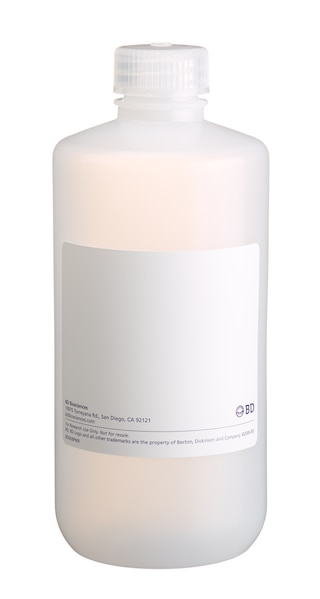
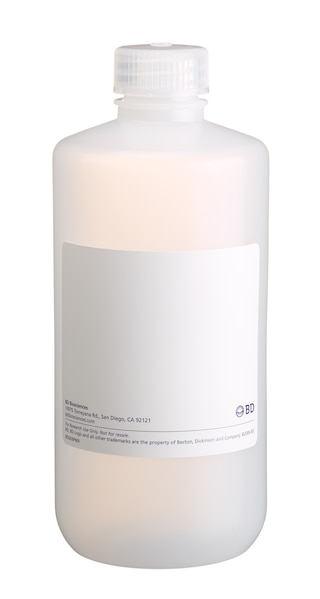
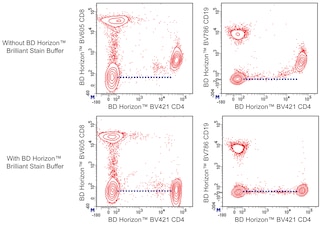
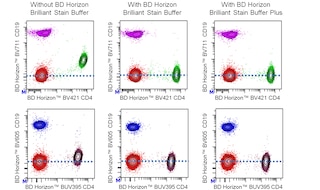
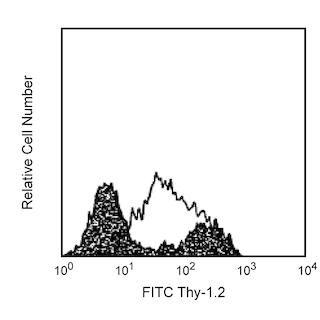
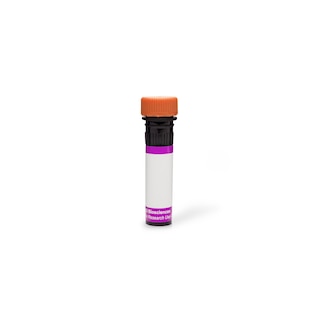
The Y23-1185 monoclonal antibody specifically recognizes mouse CD39, also known as ectonucleoside triphosphate diphosphohydrolase 1 (NTPDase 1), which is an enzyme on the surface of vascular endothelial cells, antigen presenting cells and activated immune cells. CD39 is encoded by ENTPD1 which belongs to the ectoenzyme family. The catalytic portion of the CD39 is extracellular, where it acts on extracellular nucleoside triphosphates and diphosphates, including ATP and ADP that are hydrolyzed into AMP. Through cell surface CD73 (Ecto-5'-nucleotidase), regulatory T cells can act on extracellular AMP to generate immunosuppressive adenosine. CD39 is involved in the control of the extracellular pool of phosphorylated nucleosides, the suppression of inflammation and immunity, and the regulation of platelet activation.

Development References (6)
-
Allard D, Allard B, Stagg J. On the mechanism of anti-CD39 immune checkpoint therapy.. J Immunother Cancer. 2020; 8(1):e000186. (Biology). View Reference
-
Borsellino G, Kleinewietfeld M, Di Mitri D, et al. Expression of ectonucleotidase CD39 by Foxp3+ Treg cells: hydrolysis of extracellular ATP and immune suppression.. Blood. 2007. (Biology). View Reference
-
Mizumoto N, Kumamoto T, Robson SC, et al. CD39 is the dominant Langerhans cell-associated ecto-NTPDase: modulatory roles in inflammation and immune responsiveness.. Nat Med. 2002; 8(4):358-365. (Biology). View Reference
-
Salmi M, Jalkanen S. Ectoenzymes controlling leukocyte traffic.. Eur J Immunol. 2012; 42(2):284-92. (Biology). View Reference
-
White MPJ, Smyth DJ, Cook L, Ziegler SF, Levings MK, Maizels RM. The parasite cytokine mimic Hp-TGM potently replicates the regulatory effects of TGF-β on murine CD4+ T cells.. Immunol Cell Biol. 2021; 99(8):848-864. (Clone-specific: Flow cytometry). View Reference
-
Zhou Q, Yan J, Putheti P, et al. 2009; 9(10):2303-2311. (Biology). View Reference
Please refer to Support Documents for Quality Certificates
Global - Refer to manufacturer's instructions for use and related User Manuals and Technical data sheets before using this products as described
Comparisons, where applicable, are made against older BD Technology, manual methods or are general performance claims. Comparisons are not made against non-BD technologies, unless otherwise noted.
For Research Use Only. Not for use in diagnostic or therapeutic procedures.